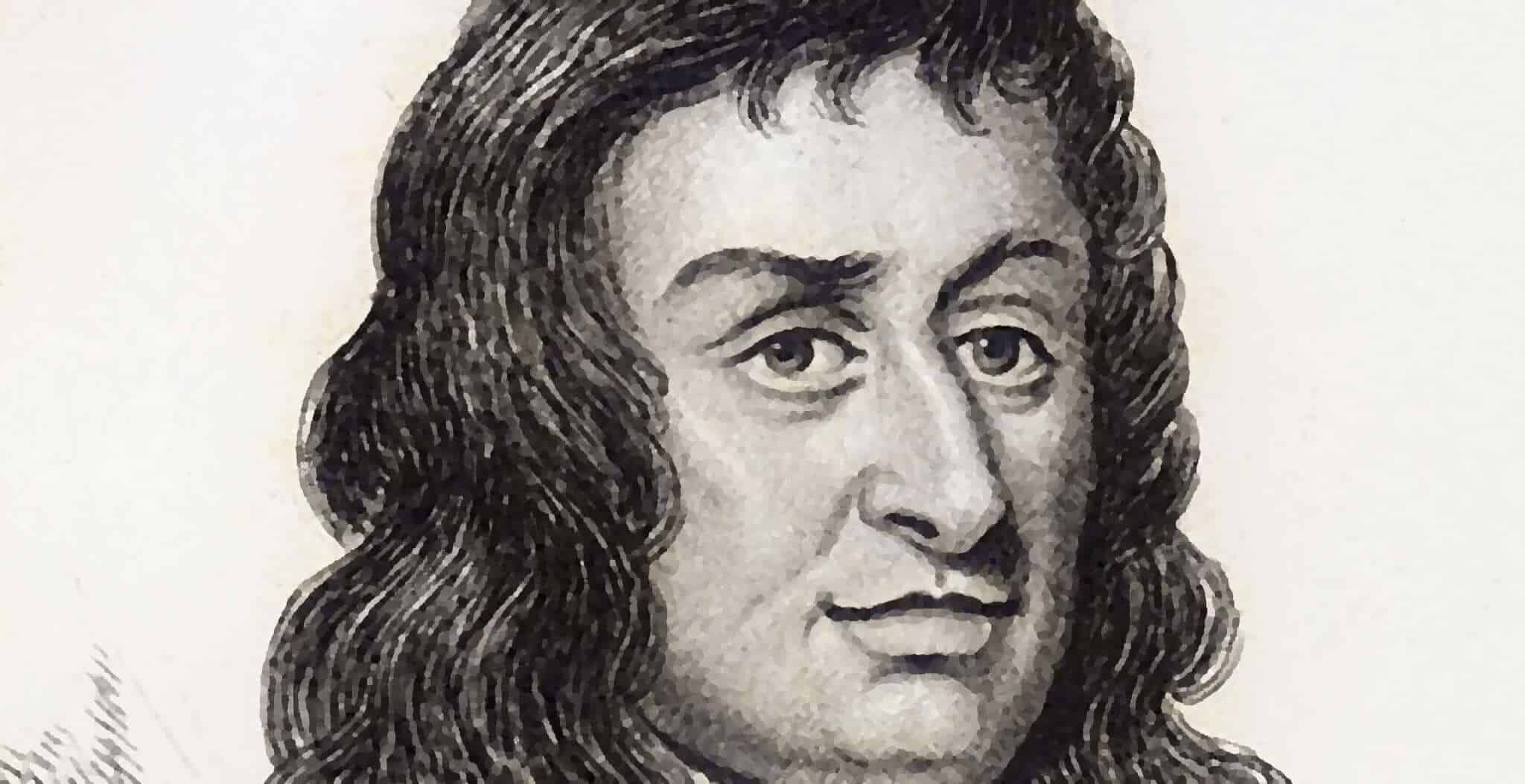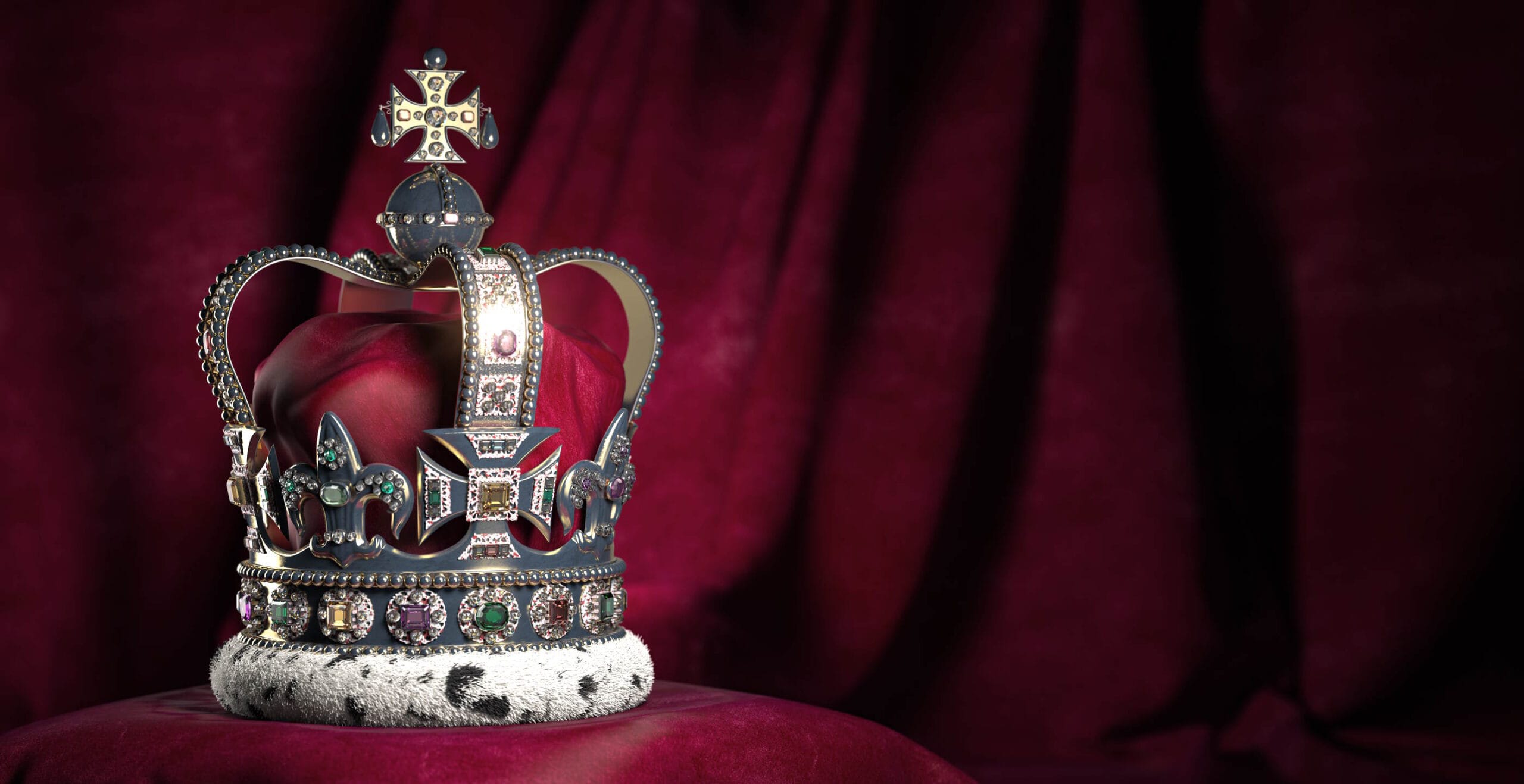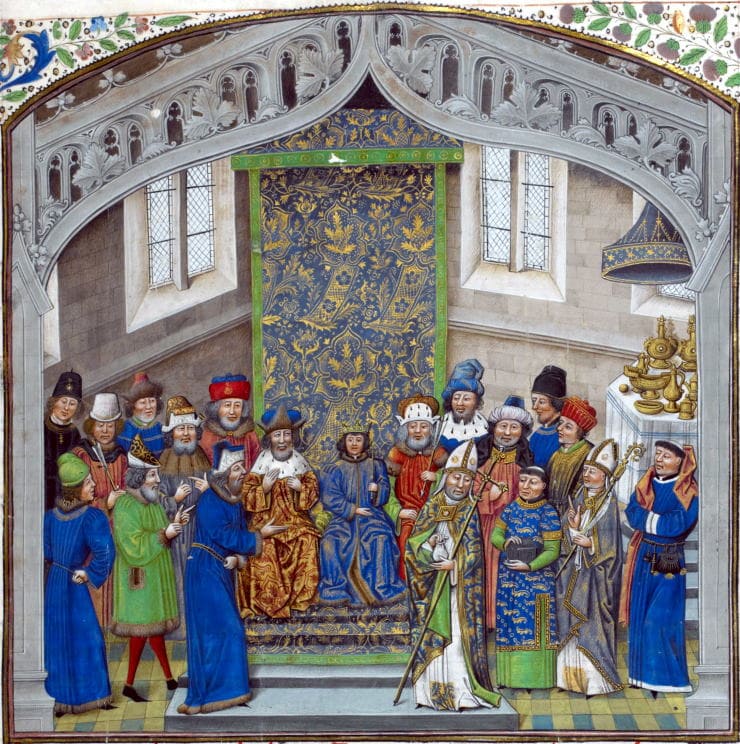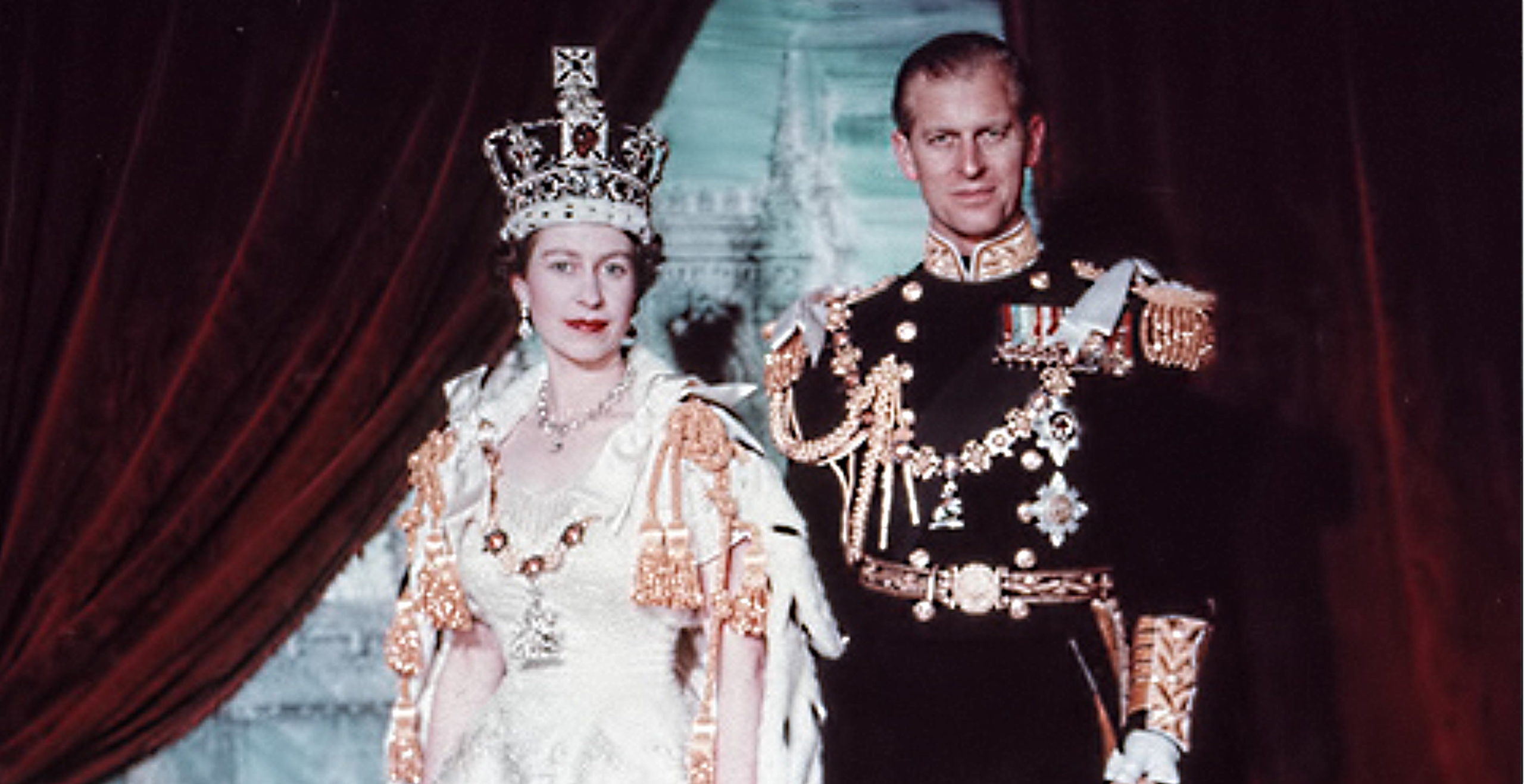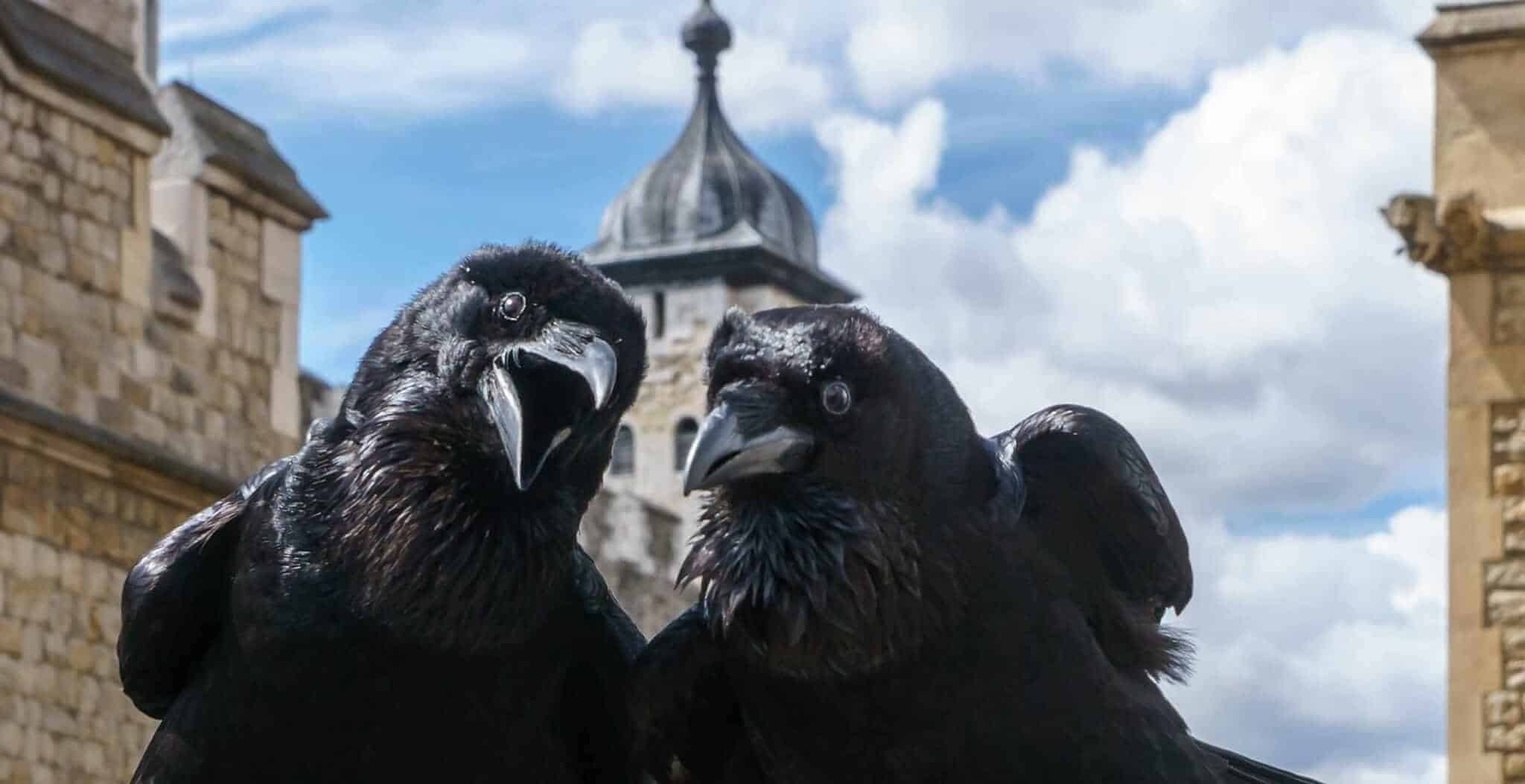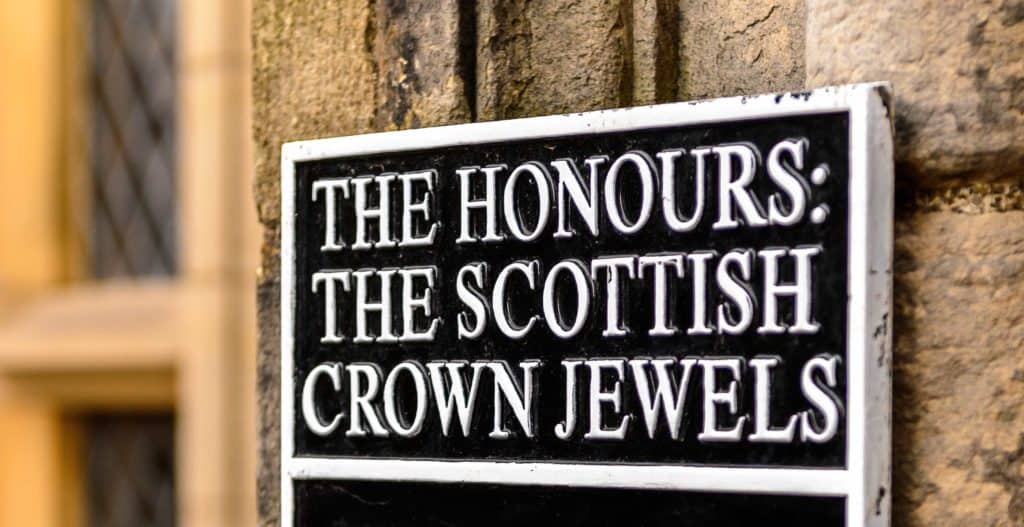One of the most audacious rogues in history was Colonel Blood, known as the ‘Man who stole the Crown Jewels’.
Thomas Blood was an Irishman, born in County Meath in 1618, the son of a prosperous blacksmith. He came from a good family, his grandfather who lived in Kilnaboy Castle was a Member of Parliament.
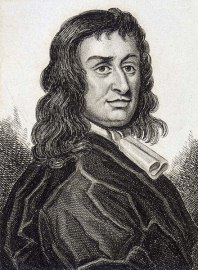 The English Civil War broke out in 1642 and Blood came to England to fight for Charles I, but when it became apparent that Cromwell was going to win, he promptly changed sides and joined the Roundheads as a lieutenant.
The English Civil War broke out in 1642 and Blood came to England to fight for Charles I, but when it became apparent that Cromwell was going to win, he promptly changed sides and joined the Roundheads as a lieutenant.
In 1653 as a reward for his services Cromwell appointed Blood a justice of the peace and granted him large estate, but when Charles II returned to the throne in 1660 Blood fled to Ireland with his wife and son.
In Ireland he joined a plot with the disgruntled Cromwellians and attempted to seize Dublin Castle and take the Governor, Lord Ormonde prisoner. This plot failed and he had to flee to Holland, now with a price on his head. in spite of being one of the most wanted men in England, Blood returned in 1670 taking the name Ayloffe and practised as a doctor in Romford!
After another botched attempt to kidnap Lord Ormonde in 1670, where Blood narrowly escaped capture, Blood decided on a bold scheme to steal the Crown Jewels.
The Crown Jewels were kept at the Tower of London in a basement protected by a large metal grille. The Keeper of the Jewels was Talbot Edwards who lived with his family on the floor above the basement.
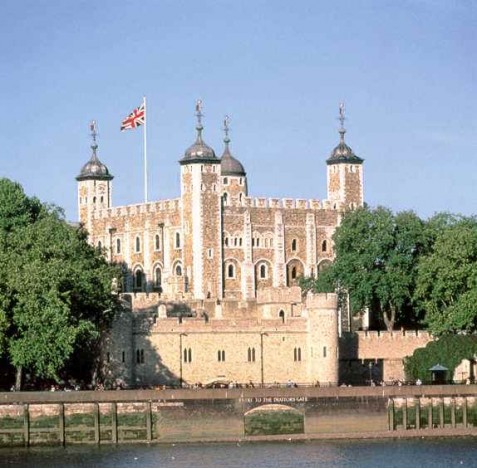
One day in 1671 Blood, disguised as a ‘parson’ went to see the Crown Jewels and became friendly with Edwards, returning at a later date with his wife. As the visitors were leaving, Mrs. Blood had a violent stomach-ache and was taken to Edward’s apartment to rest. The grateful ‘Parson Blood’ returned a few days later with 4 pairs of white gloves for Mrs. Edwards in appreciation of her kindness to his wife.
The Edwards family and ‘Parson Blood’ became close friends and met frequently. Edwards had a pretty daughter and was delighted when ‘Parson Blood’ proposed a meeting between his wealthy nephew and Edward’s daughter.
On 9th May 1671, ‘Parson Blood’ arrived at 7am. with his ‘nephew’ and two other men. While the ‘nephew’ was getting to know Edward’s daughter the others in the party expressed a desire to see the Crown Jewels.
Edwards led the way downstairs and unlocked the door to the room where they were kept. At that moment Blood knocked him unconscious with a mallet and stabbed him with a sword.
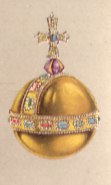
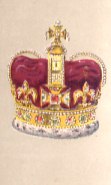
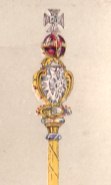
The grille was removed from in front of the jewels and the crown, orb and sceptre were taken out. The crown was flattened with the mallet and stuffed into a bag, and the orb stuffed down Blood’s breeches. The sceptre was too long to go into the bag so Blood’s brother-in-law Hunt tried to saw it in half!
At that point Edwards regained consciousness and began to shout “Murder, Treason!”. Blood and his accomplices dropped the sceptre and attempted to get away but Blood was arrested as he tried to leave the Tower by the Iron-Gate, after unsuccessfully trying to shoot one of the guards.
In custody Blood refused to answer questions, instead repeating stubbornly, “I’ll answer to none but the King himself”.
Blood knew that the King had a reputation for liking bold scoundrels and reckoned that his considerable Irish charm would save his neck as it had done several times before in his life.
Blood was taken to the Palace where he was questioned by King Charles, Prince Rupert, The Duke of York and other members of the royal family. King Charles was amused at Blood’s audacity when Blood told him that the Crown Jewels were not worth the £100,000 they were valued at, but only £6,000!
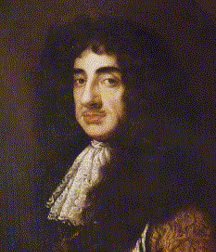 The King asked Blood “What if I should give you your life?” and Blood replied humbly, “I would endeavour to deserve it, Sire!”
The King asked Blood “What if I should give you your life?” and Blood replied humbly, “I would endeavour to deserve it, Sire!”
Blood was not only pardoned, to the disgust of Lord Ormonde, but was given Irish lands worth £500 a year! Blood became a familiar figure around London and made frequent appearances at Court.
Edwards who recovered from his wounds, was rewarded by the King and lived to a ripe old age, recounting his part in the story of the theft of the Jewels to all the visitors to the Tower.
In 1679 Blood’s phenomenal luck ran out. He quarrelled with his former patron the Duke of Buckingham. Buckingham demanded £10,000 for some insulting remarks Blood had made about his character. As Blood became ill in 1680 the Duke never got paid, as Blood died on August 24th of that year at the age of 62.
The Crown Jewels have never been stolen since that day – as no other thief has tried to match the audacity of Colonel Blood!
